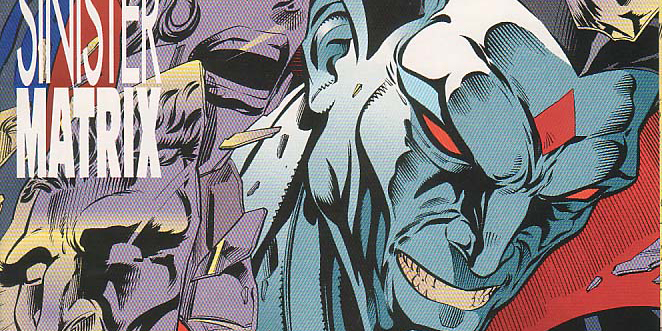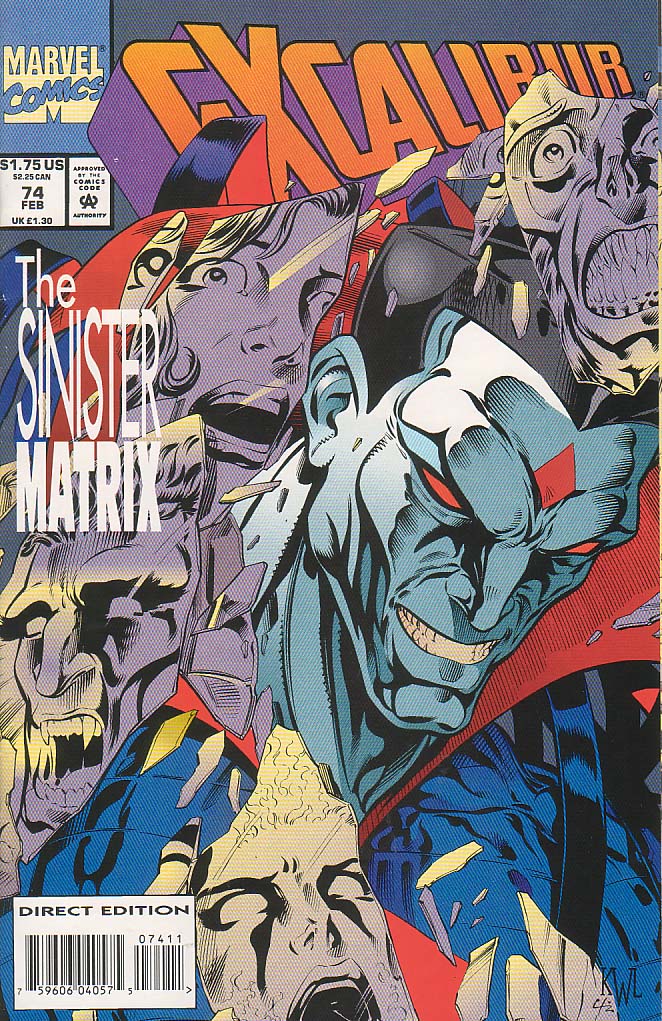Excalibur #74
“In the Name of Love”
Writer: Richard Ashford
Pencils: Ian Churchill
Inks: Cam Smith, Harry Candelario & Randy Elliott,
Colours: Pat Garrahy & Chris Matthys
Letters: Pat Brousseau
Editors: Suzanne Gaffney & Bob Harras
Original publication date: February 1994
We’re not always in love with 90s superhero art but we are in love with analyzing its ins and outs and twists and turns and complex cultural contexts with super-awesome guests who know a thing or three about it, so… that’s exactly what we’re doing this week, talking excess, the creator-owner revolution, a little Excalibur #74, “In the Name of Love,” and lots of Rob Liefeld with comics and literary scholar Dr. Lee Konstantinou! Why did 90s superhero artists draw so dang much and what’s with all the butts? Why is everything metal and why is everyone grimacing? Why would anyone be surprised by Rory Campbell’s true identity? Plus—Bamf dolls!
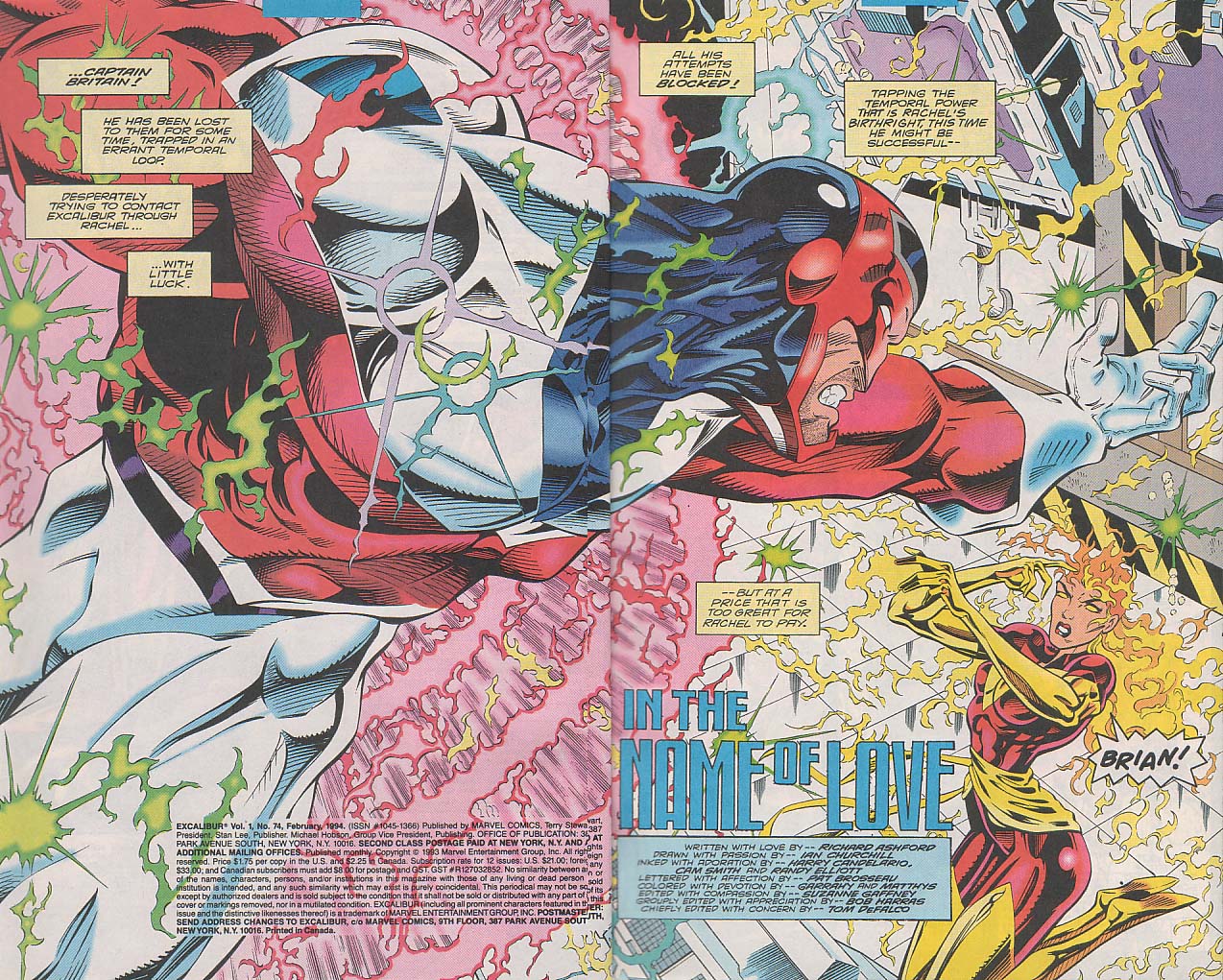
On the importance of history:
“There’s a tendency among comics scholars to skip talking about the Image Revolution… but skipping historically significant things you don’t like isn’t a viable approach in any other field of study.” -Mav
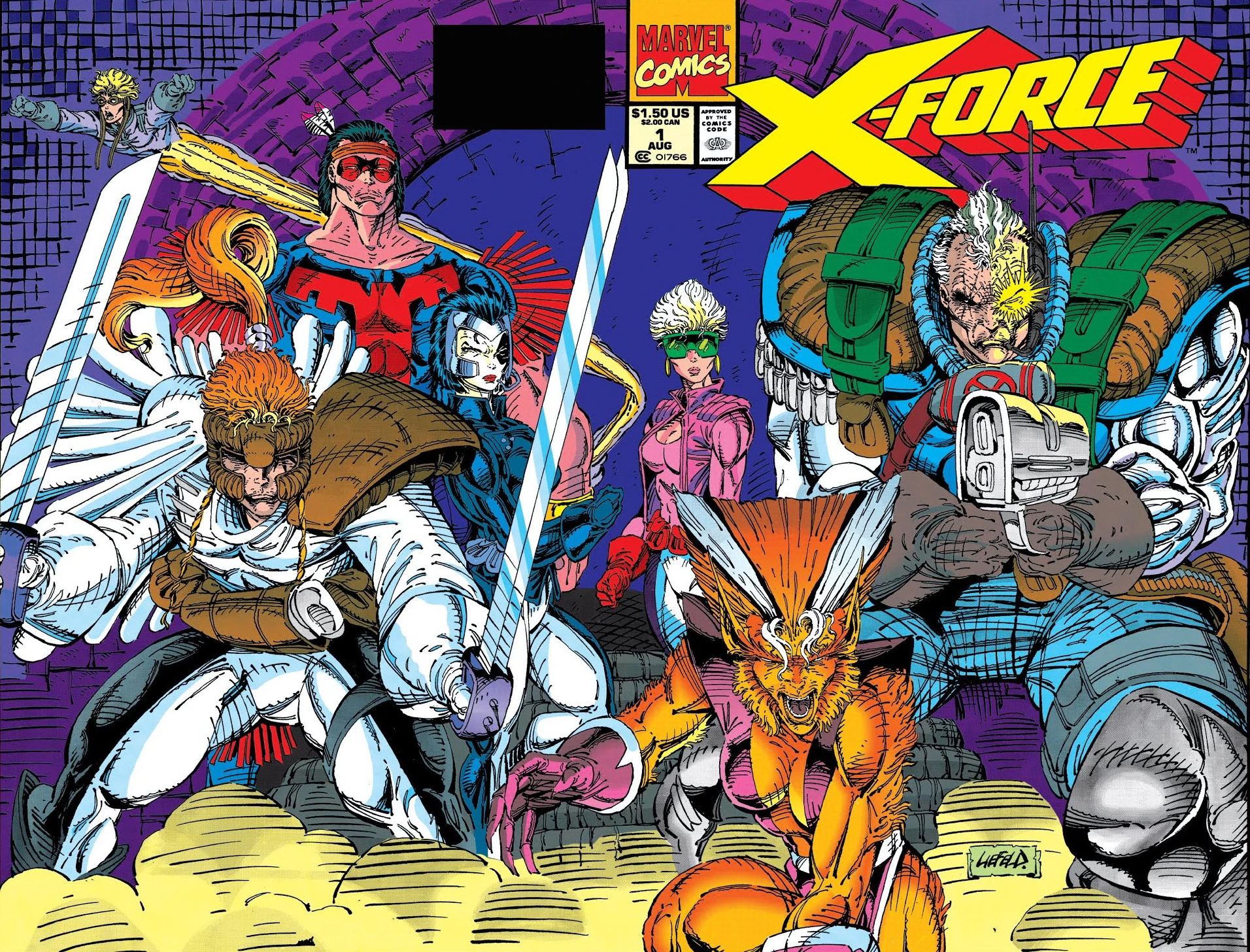
On the allure of Liefeld:
“I’d always disliked Rob Liefeld as an artist. But there’s also something absorbing and charismatic and charming about his art that I wanted to wrestle with.” -Lee
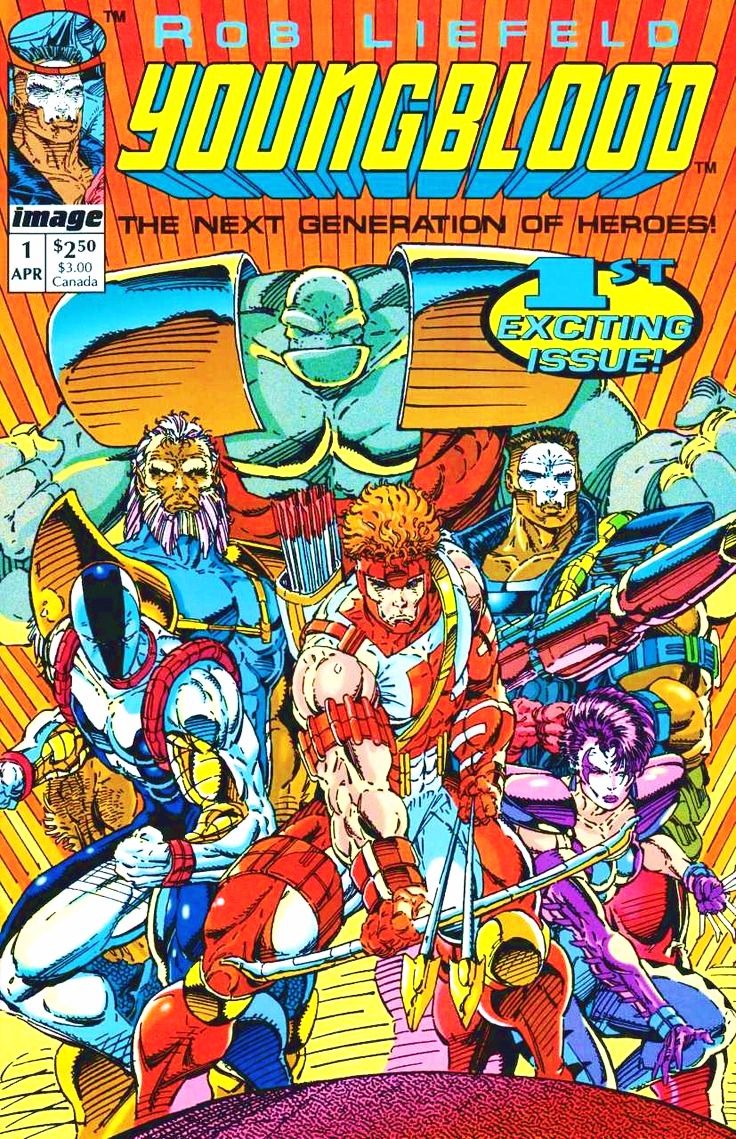
On the artistic peak of Liefeld-ism:
“Youngblood #1 was the culmination of Rob Liefeld’s freedom as an artist… He wanted to create contextless super-muscled bodies floating in space. This was the realization of his vision.” -Lee
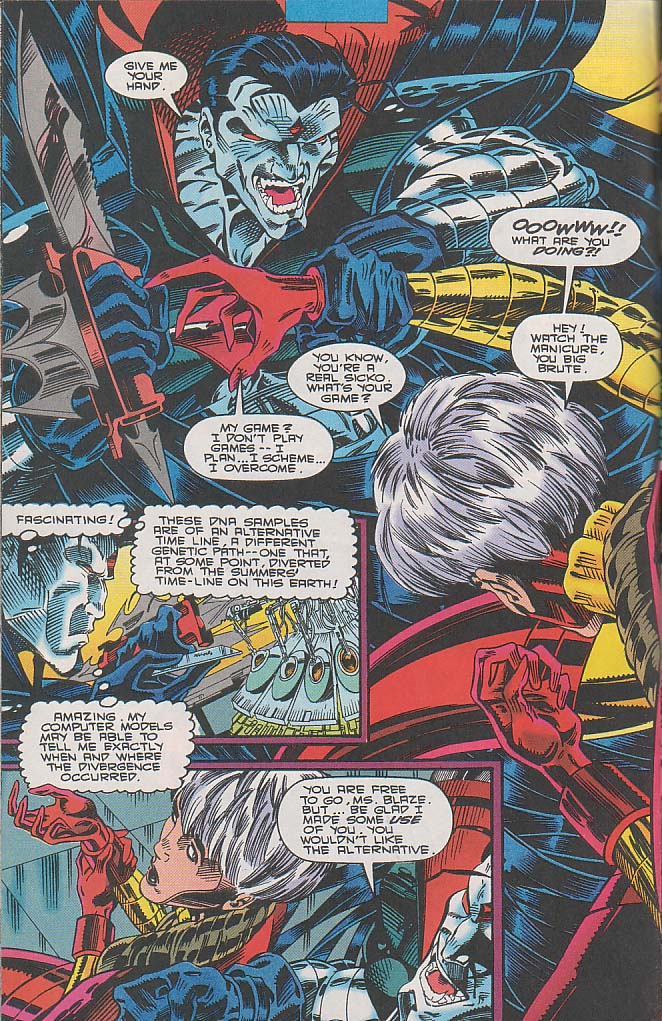
On cultural contexts of excess:
“90s superhero art conveys a fantasy of power tied to a fantasy of self-making. You can transform your body, you can shape yourself a certain way… These styles and themes relate to the rise of the creator-owner.” -Lee
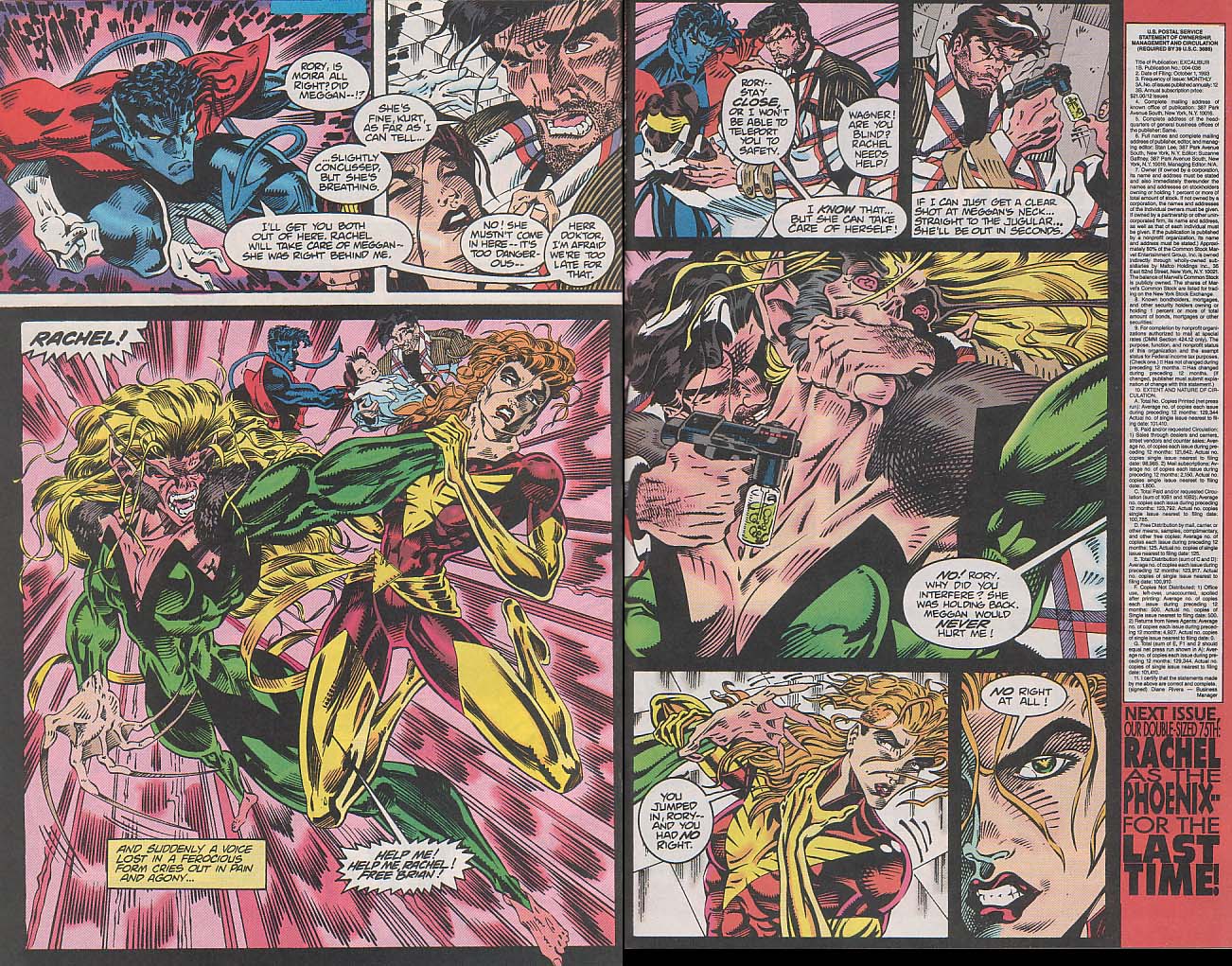
On excess as a virtue:
“There’s a feminization implicit in being a work-for-hire creator. You’re a cog in the machine, you don’t own your work… and I see that reflected in the excessive 90s styles that say: I worked hard on this thing; look how *much* I drew.” -Anna
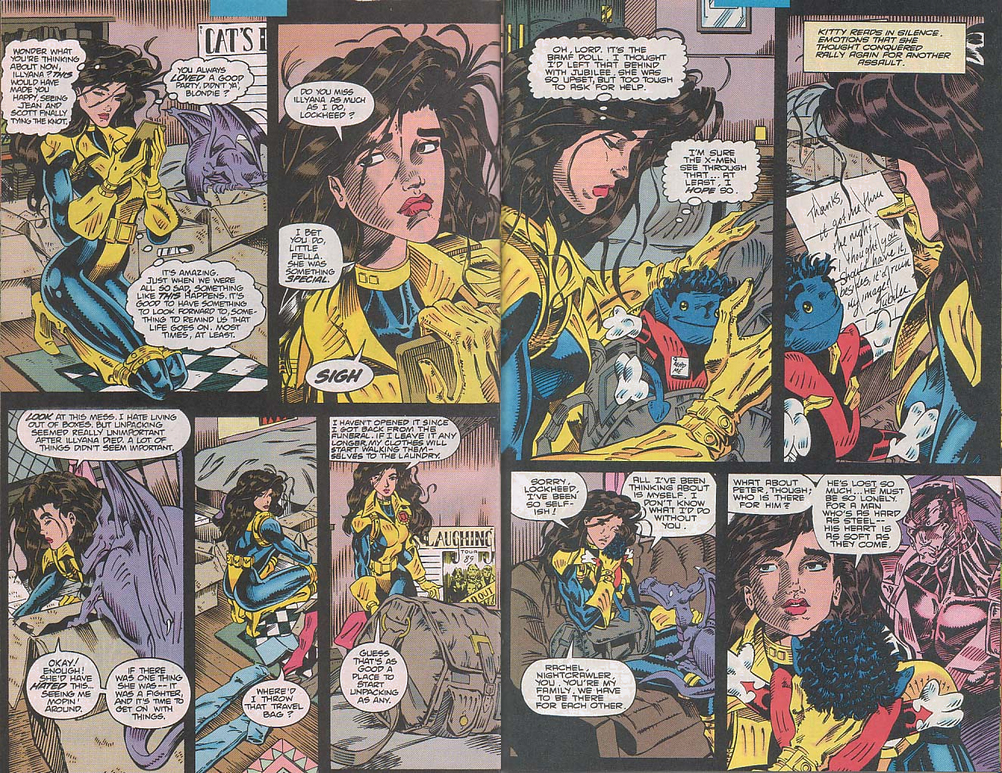
On style vs substance:
“There’s a dissonance in this comic between the Liefeld-type figuration and the attempt to do a Chris Claremont-type story. These two things are moving in opposition.” -Lee

On getting lost in excess:
“You can get lost in the excess of an image like this. He’s got this bulbous body that’s made out of liquid metal… I can’t tell which bump or bulge belongs to which part of his body, I can’t even tell which parts of him are his body or his costume or the computer.” -Anna

Want more Lee Konstantinou?
You can find him on Twitter (@LKonstan) and find his books, including his recent release, The Last Samurai ReRead, wherever fine books are sold!
And you should *definitely* check out his essay on Rob Liefeld, “The Cartoonist as Entrepreneur: Rob Liefeld, Image Comics, and the Art of the Creator-Owner,” which is free to read online!
And if you’re a scholar with access to those fancy scholarly databases – check out Anna’s article “The Power of the Marvel(ous) Image: Reading Excess in the Styles of Todd McFarlane, Jim Lee, and Rob Liefeld”! (If you don’t have scholarly database access, DM us, we might know a guy who can hook you up with a PDF ;)).
And as usual:
You can find Anna on Twitter (@peppard_anna) and at Sequential Scholars (@seqscholars).
You can find Andrew on Twitter (@ClaremontRun) and at Sequential Scholars.
You can find Mav on Twitter (@chrismaverick) and on his podcast, VoxPopcast (@VoxPopcast).
Enjoy!
-GGW Team

